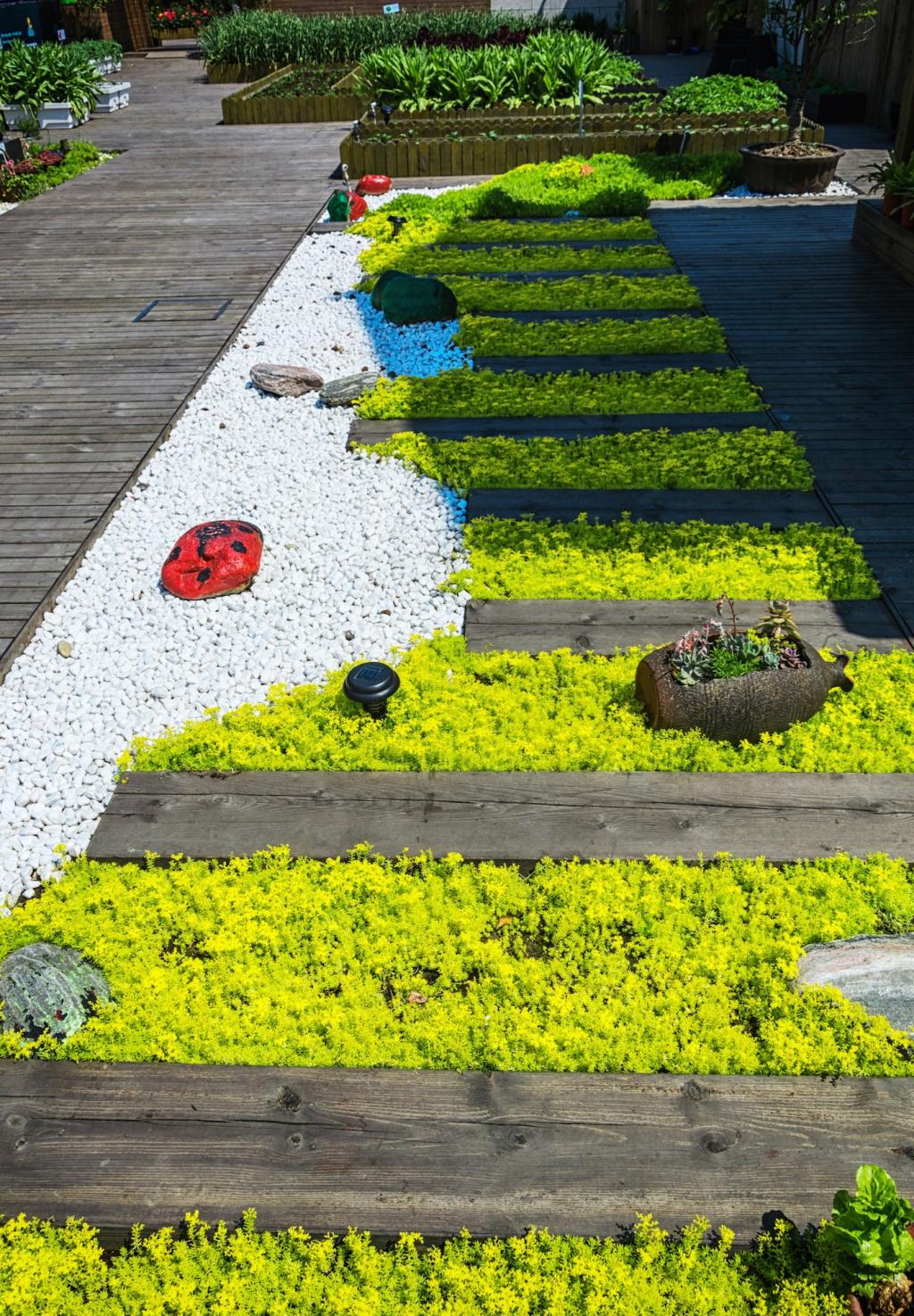Native Plants for Sustainable Landscaping: Grow a Thriving, Resilient Yard
Why Native Plants Matter
Native plants feed the web of life right outside your door. They host local insects that birds depend on, offer nectar timed to regional seasons, and create shelter that fits wildlife needs. Planting natives invites butterflies, songbirds, and beneficial insects to return, thrive, and complete their life cycles.
Why Native Plants Matter
Because they evolved with your climate, native plants handle local rainfall patterns and seasonal stress with grace. Deep roots help them ride through dry spells, reducing irrigation needs. Add natural mulches, group by water needs, and your landscape stays green with less work, less water, and less worry.

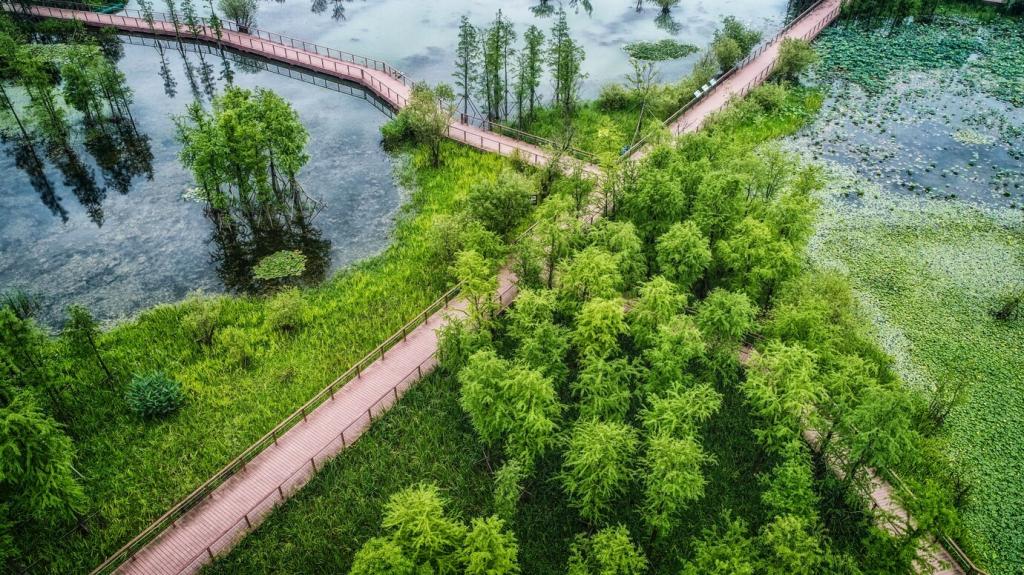
Start with a Sense of Place
Study your ecoregion, note sun patterns, and test your soil texture. Make a quick base map showing views you love and areas you want to screen. Then match native plant communities to those conditions, letting your landscape echo nearby woodlands, prairies, or dunes with authentic, long-lasting beauty.
Layering for Structure and Year-Round Interest
Combine canopy trees, understory shrubs, perennials, grasses, and groundcovers. This layered approach frames the garden in winter, feeds pollinators through summer, and dazzles with fall seedheads. Repeating drifts and echoes of color create a rhythm. Tell us your favorite season and we will suggest a tailored plant palette.
Small-Space Native Gardens
Even a balcony or townhouse patio can host native plants. Use deep containers, choose compact cultivars of regional species, and plant for bloom succession. Pocket prairies along fences, narrow hedgerows, and curbside pollinator strips can transform tiny spaces into ecological stepping stones for wildlife moving through cities.
Pollinators, Birds, and Beneficials
Aim for continuous bloom from early spring to late fall. Pair spring ephemerals with robust summer wildflowers and late-season asters and goldenrods. When nectar is always available, pollinators linger and multiply. Share your zone and we will help assemble a month-by-month native bloom plan for your garden.
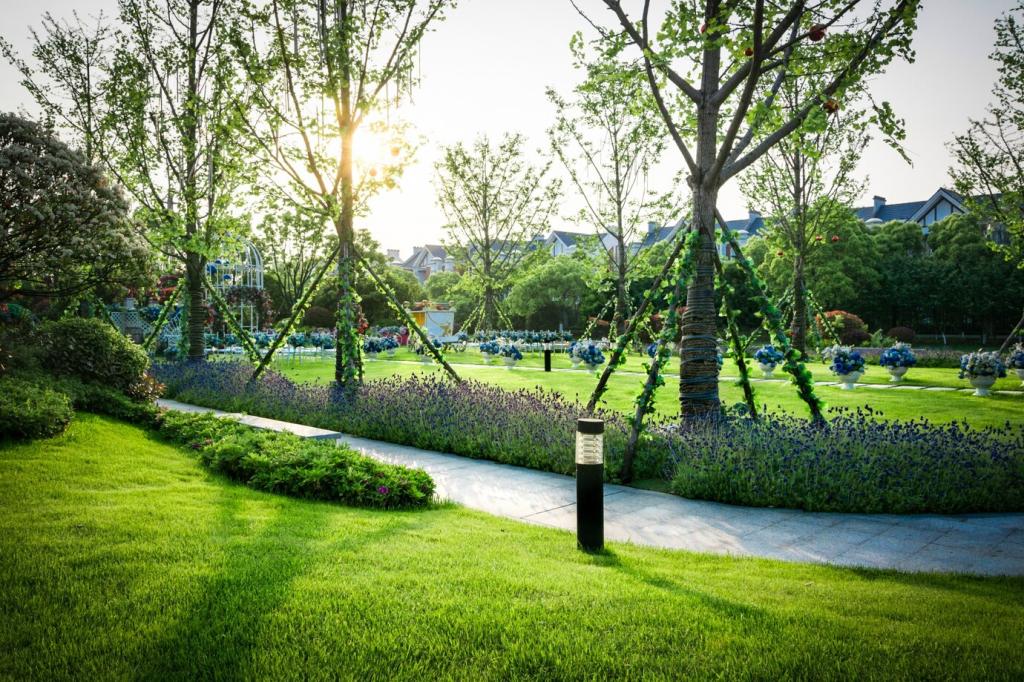
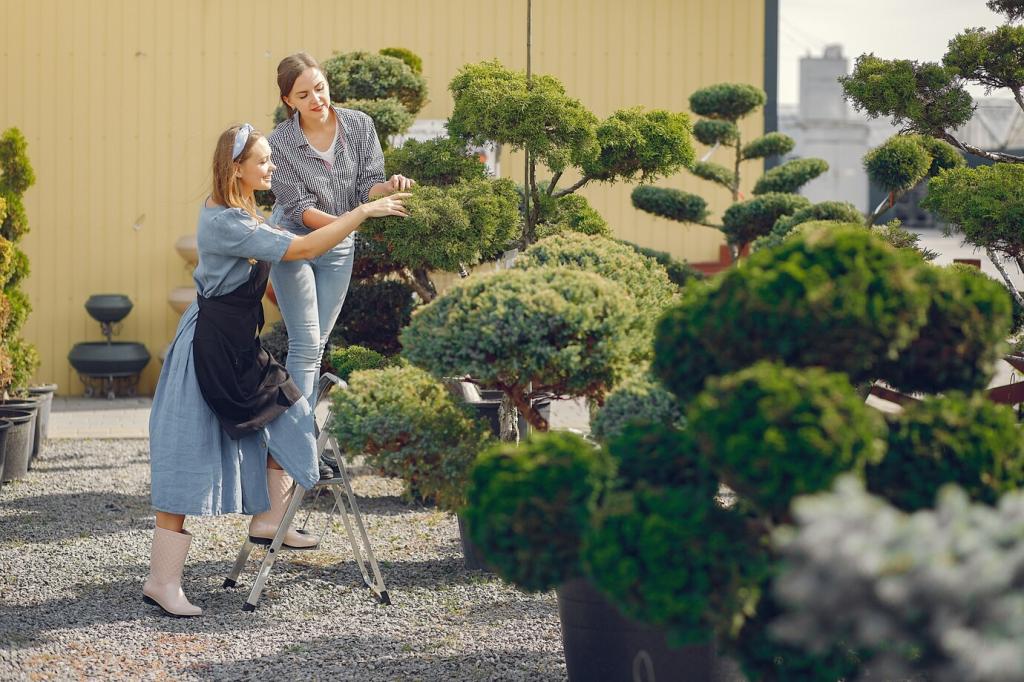
Pollinators, Birds, and Beneficials
Leave some stems standing, keep a little leaf litter, and let seedheads ride through winter. Birds glean insects from native shrubs and feed nestlings protein-rich caterpillars hosted by local trees. A brush pile or layered hedge can be the difference between a quick visit and a thriving, resident population.
Practical Care and Maintenance
Right Plant, Right Place
Match sun, moisture, and soil to each native species. Dry, sandy corner? Choose drought-tolerant grasses and perennials. Shady clay? Lean on woodland species that appreciate heavier soils. When conditions and plants match, problems fade, inputs drop, and the garden gains a relaxed, natural rhythm that lasts for years.
Weed Management without Harm
Start early, mulch wisely, and disturb soil as little as possible. Hand-pull invaders before they set seed, and use dense native groundcovers to fill gaps. Avoid harsh chemicals that disrupt soil life and pollinators. Share your toughest weeds, and we will suggest native strategies that outcompete them gracefully.
Watering the Native Way
Water deeply and infrequently during the first seasons to establish strong roots. After that, let rainfall do most of the work. Group plants by water needs, capture roof runoff in swales or rain gardens, and watch resilience build. Tell us your rainfall patterns, and we will tailor practical watering advice.
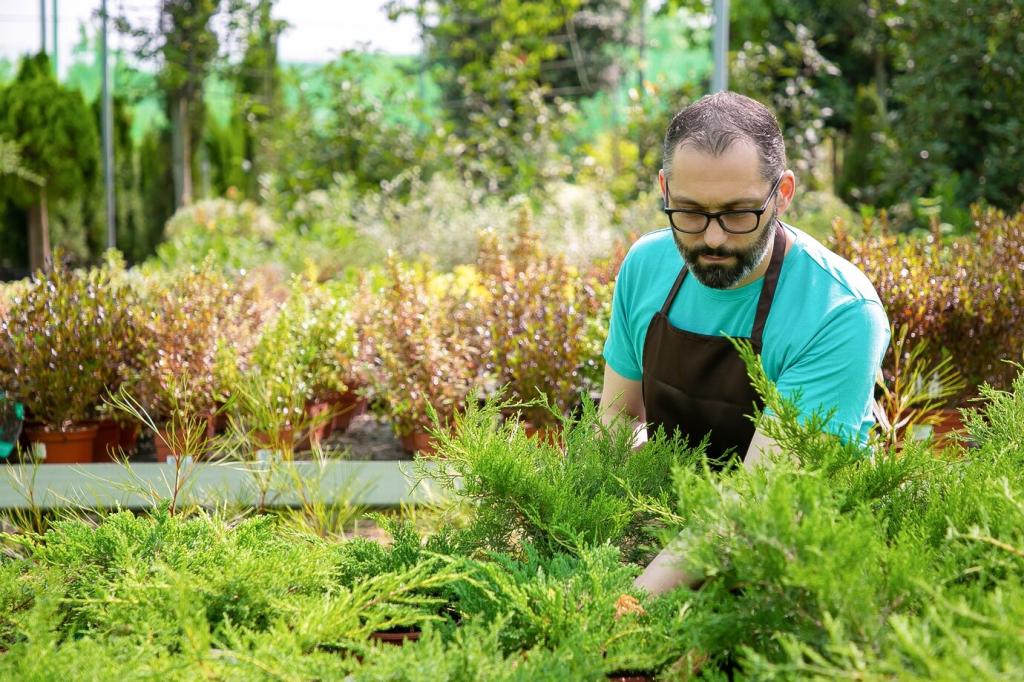
Stories from the Garden
One reader replaced turf with little bluestem, coneflowers, and black-eyed Susans. The first summer looked patchy; by year two, goldfinches danced on seedheads. A neighbor asked for plant names, then joined a volunteer planting day. Small changes multiplied, turning the entire block into a brighter, buzzing corridor.
Stories from the Garden
A muddy swale that flooded every storm became a sponge after planting native sedges and moisture-loving wildflowers. The deep roots slowed runoff, and frogs appeared by late spring. Maintenance dropped to seasonal trimming. Now the swale doubles as a miniature wet meadow and a neighborhood conversation starter.
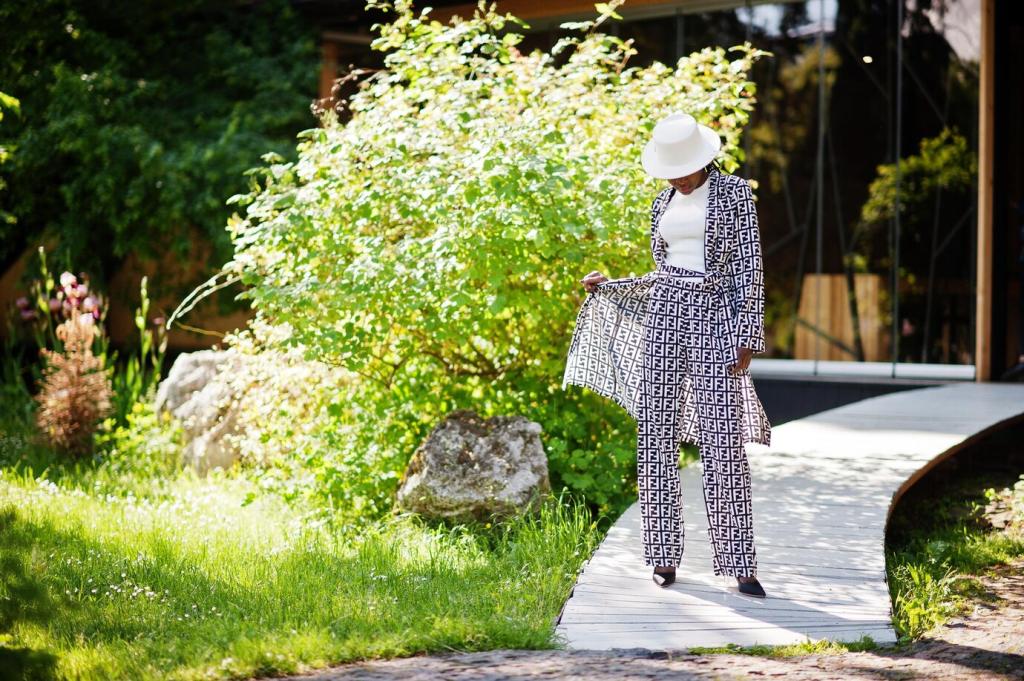
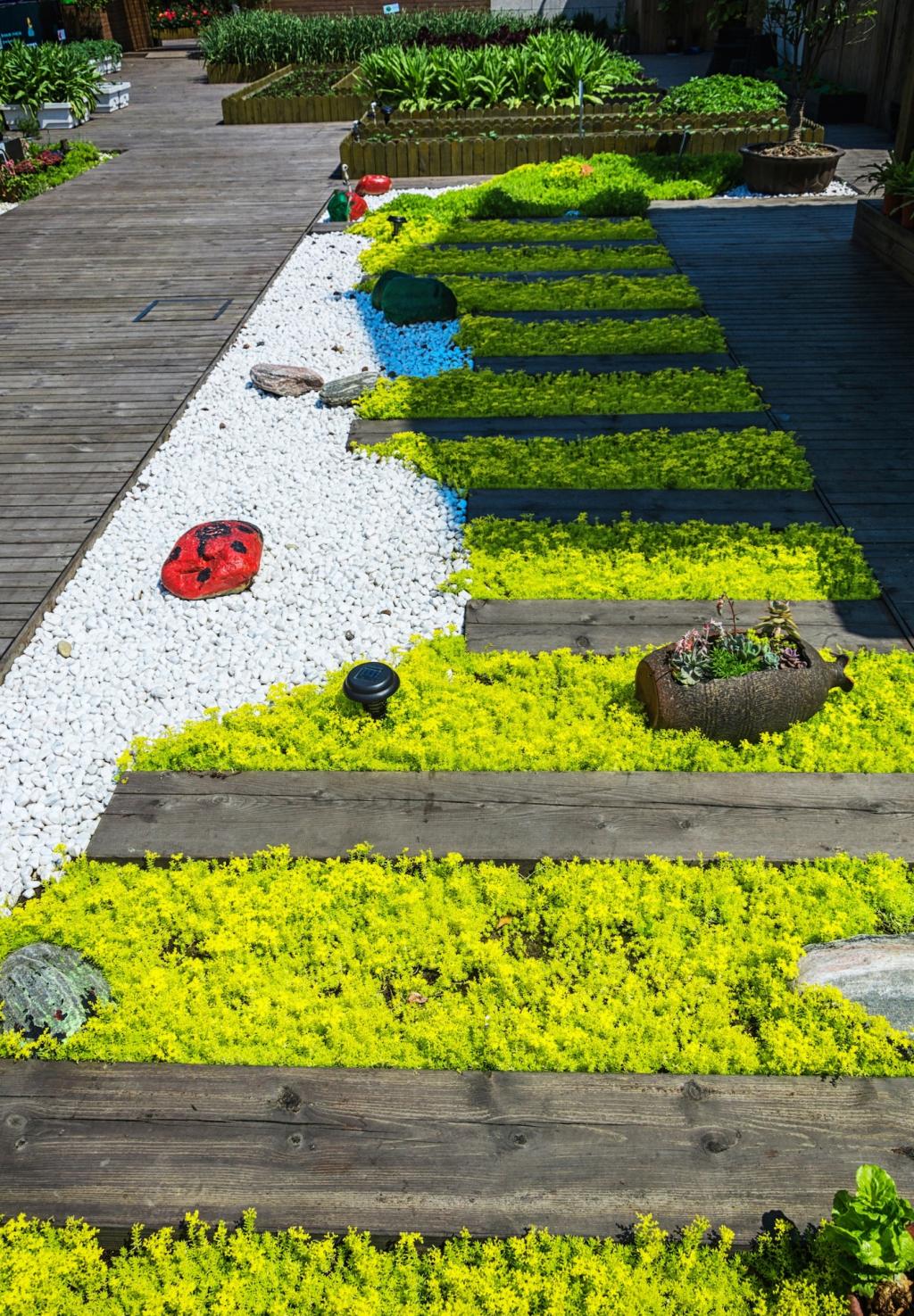
Get Involved and Keep Learning
Find your regional native plant society for plant swaps, tours, and expert advice. Many publish nursery lists and host workshops. Meeting gardeners who share your climate shortens the learning curve. Tell us your region, and we will highlight reliable native nurseries and community groups near you.
